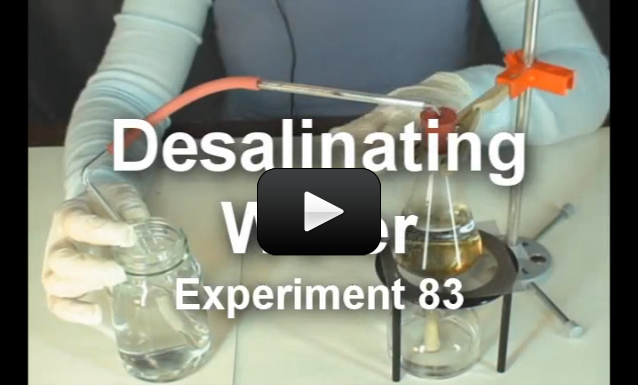This experiment is for advanced students.
Lewis and Clark did this same experiment when they reached the Oregon coast in 1805. Men from the expedition traveled fifteen miles south of the fort they had built at the mouth of the Columbia River to where Seaside, Oregon now thrives.
In 1805, however, it was just men from the fort and Indians. They built an oven of rocks. For six weeks, they processed 1,400 gallons of seawater, boiling the water off to gain 28 gallons of salt.
Please login or register to read the rest of this content.


Once there is no more visible water, it is best to remove the heat source. If you continued heating the flask (or test tube), any remaining moisture in the salt would evaporate until no moisture remains. The salt and test tube would continue to heat up. This can cause the test tube to crack.
What would happen if you kept heating the salt left behind in the Erlenmeyer flask?
(I reasonably cannot find out myself as I do not have the proper glassware.)